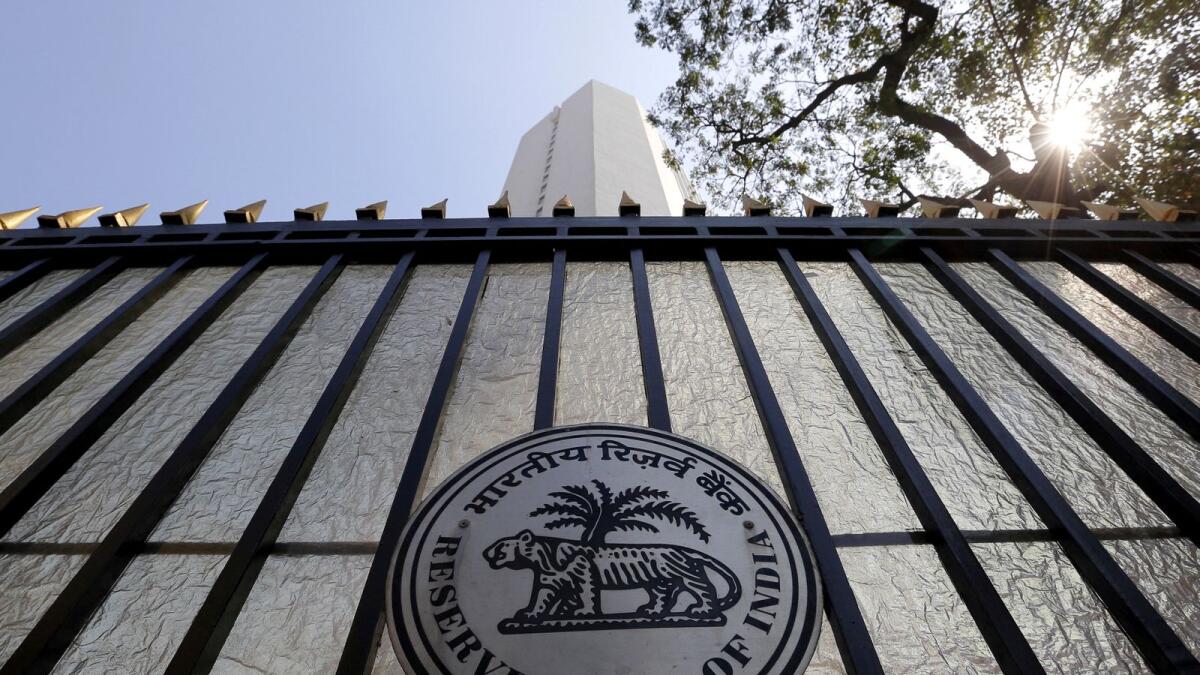The Reserve Bank of India (RBI) is actively encouraging local banks to facilitate trade settlements between the UAE and India using either the dirham or the Indian rupee as part of a broader strategy aimed at reducing dependence on the greenback in international trade. The move to switch to direct trade in local currencies initiated in January 2024 is strategic as the two sides plan to expand bilateral trade to $100 billion under their free trade pact while aligning with the multilateral alliance’s de-dollarisation drive. RBI’s push for dirham-rupee trade also falls in line with the apex bank’s broader goal of promoting trade settlement in local currencies with nations where India has a trade deficit. India’s trade deficit with the UAE for the fiscal year 2022-23 amounted to $21.62 billion, constituting 8.2 per cent of its total trade deficit.
The RBI’s initiative has been welcomed by analysts who observed that promoting direct rupee-dirham settlements aims to make transactions more efficient and cost-effective for businesses, reducing currency exchange risks and transaction costs. With India being the UAE’s second-largest trading partner and the UAE being India’s third-largest trading partner, the bilateral trade between the two countries increased significantly in recent years. This growth is attributed to the Comprehensive Economic Partnership Agreement signed by both nations. Sajith Kumar P.K., CEO and managing director at IBMC Financial Professionals Group, highlighted the significance of the RBI push in accelerating the internationalization of the Indian currency and promoting its use in global trade.
Currency experts emphasize the crucial role that banks in both countries will play in this transition by developing the necessary infrastructure and systems to support direct rupee-dirham trade. As India aims to reinforce its position as a global trading nation and emerge as the third-largest economy by 2027, the success of the rupee-dirham settlement mechanism could pave the way for similar arrangements with other key trading partners. The move towards direct local currency transactions serves to protect bilateral trade from geopolitical risks and currency fluctuations while reducing dependence and exposure to reserve currencies. Kumar pointed out that the removal of hedging costs should make India’s export pricing more competitive, thus having a significant impact on trade dynamics.
The concept of direct currency settlements is not new, but the RBI’s renewed focus on this mechanism indicates a strategic shift towards diversifying currency usage in international trade, especially in light of global economic uncertainties. By promoting trade settlement in local currencies, RBI aims to enhance the global reach of the Indian rupee and support trade growth between India and the UAE. This push also aligns with the broader trend of countries exploring alternatives to dollar-dominated trade, driven by geopolitical shifts and the desire to reduce exposure to exchange rate fluctuations. The success of the rupee-dirham settlement mechanism could lay the groundwork for similar arrangements with other trading partners, further reducing reliance on traditional reserve currencies.
As businesses in both countries are encouraged to adopt the direct rupee-dirham settlement mechanism, it is expected to increase the volume of trade conducted in local currencies. This transition is crucial for enhancing liquidity in the rupee-dirham market and fostering the growth of trade between India and the UAE. Overall, the RBI’s focus on promoting dirham-rupee trade not only supports the diversification of currency usage in international trade but also contributes to the broader goal of reducing reliance on the US dollar. The move signifies a strategic step towards enhancing trade efficiency, reducing costs, and mitigating risks associated with traditional currency exchange mechanisms.











